- Home
- Floor Wall Other Surface Finishes
- Paint Equipment Supplies
.....Read More

Automotive Paints and Coatings
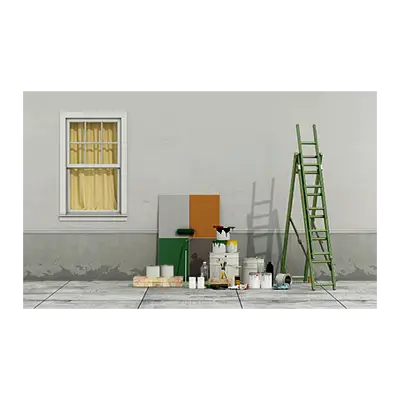
Exterior Paint

Floor Coatings
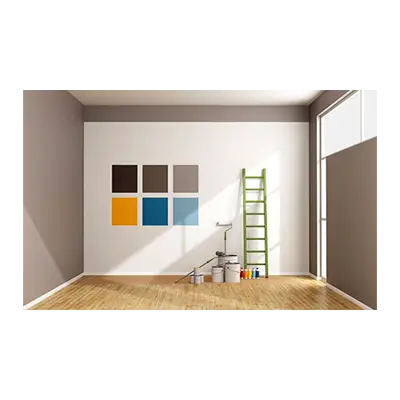
Interior Paint
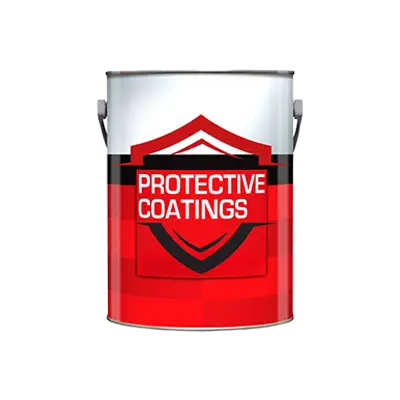
Multipurpose Protective Coatings

Painting Equipment
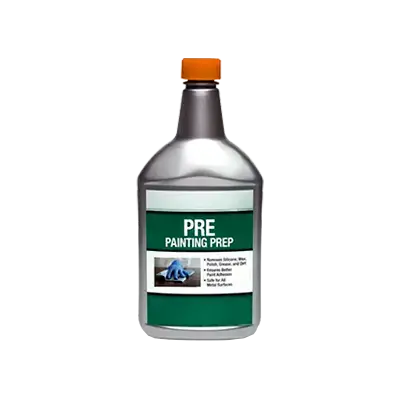
Paint Preparations & Restoration

Paint Primers
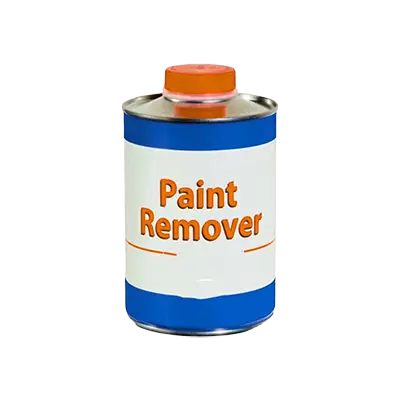
Paint Thinners & Removers

Powder Coatings

Roof & Leak Coatings

Specialized Paints & Coatings

Spray Paint Systems

Stains & Sealers
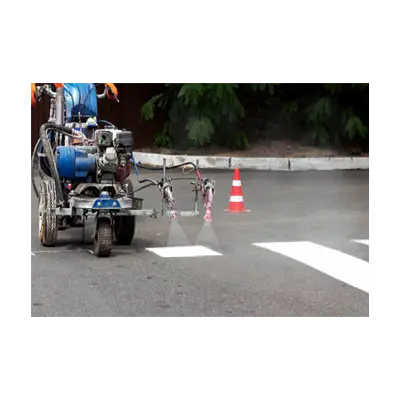
Striping & Marking Paints & Equipment
Frequently Asked Questions
What are the best paint brushes for cutting in edges?
How do I choose the right roller for my project?
What type of paint sprayer is best for home use?
How do I properly clean and maintain paint brushes and rollers?
What is the difference between synthetic and natural bristle brushes?
How do I prevent paint from bleeding under painter's tape?
What is the best way to prepare a surface before painting?
How do I choose the right type of sandpaper for my project?
What are the benefits of using a paint sprayer over a roller or brush?
How do I safely dispose of leftover paint and supplies?